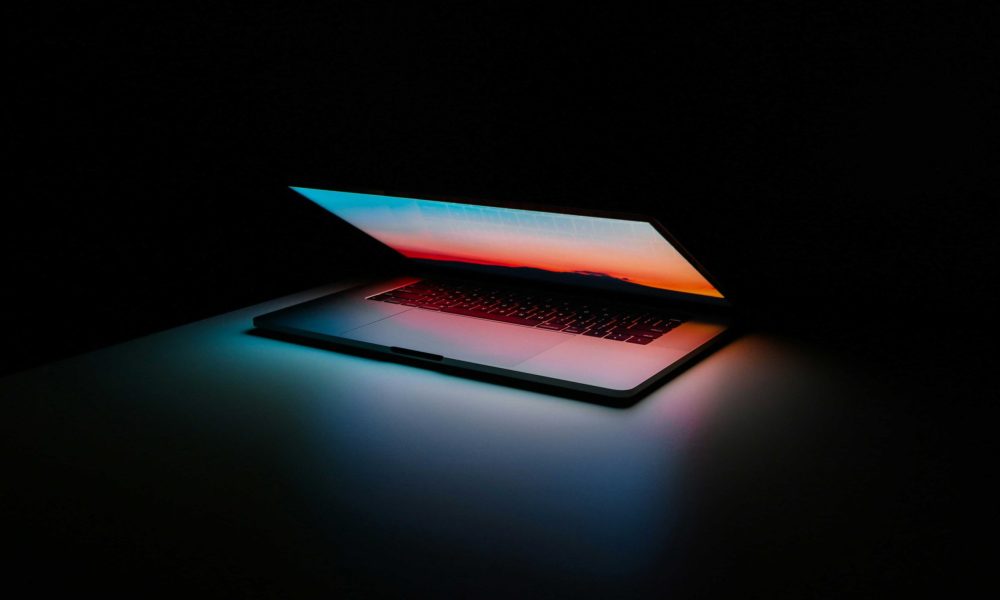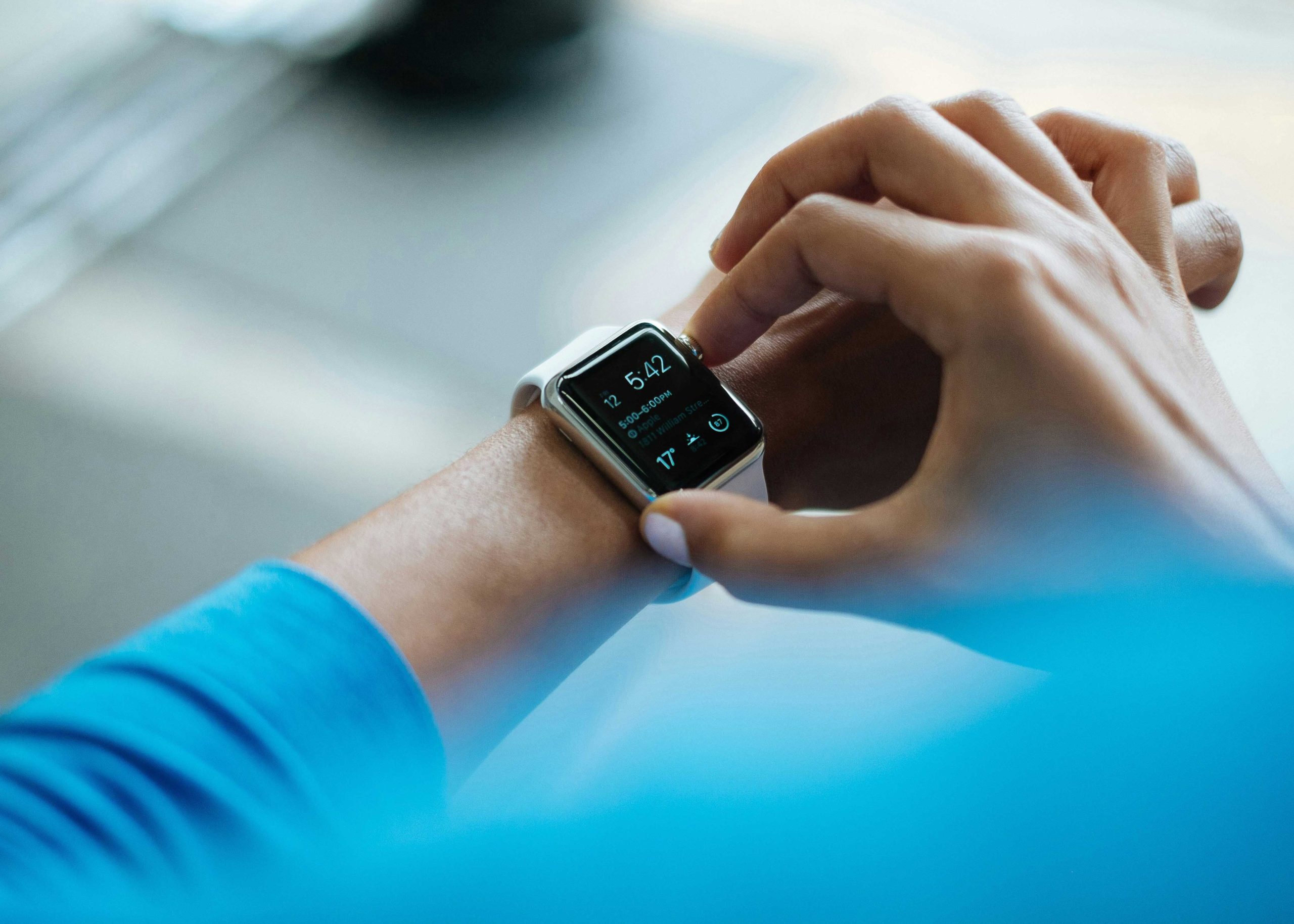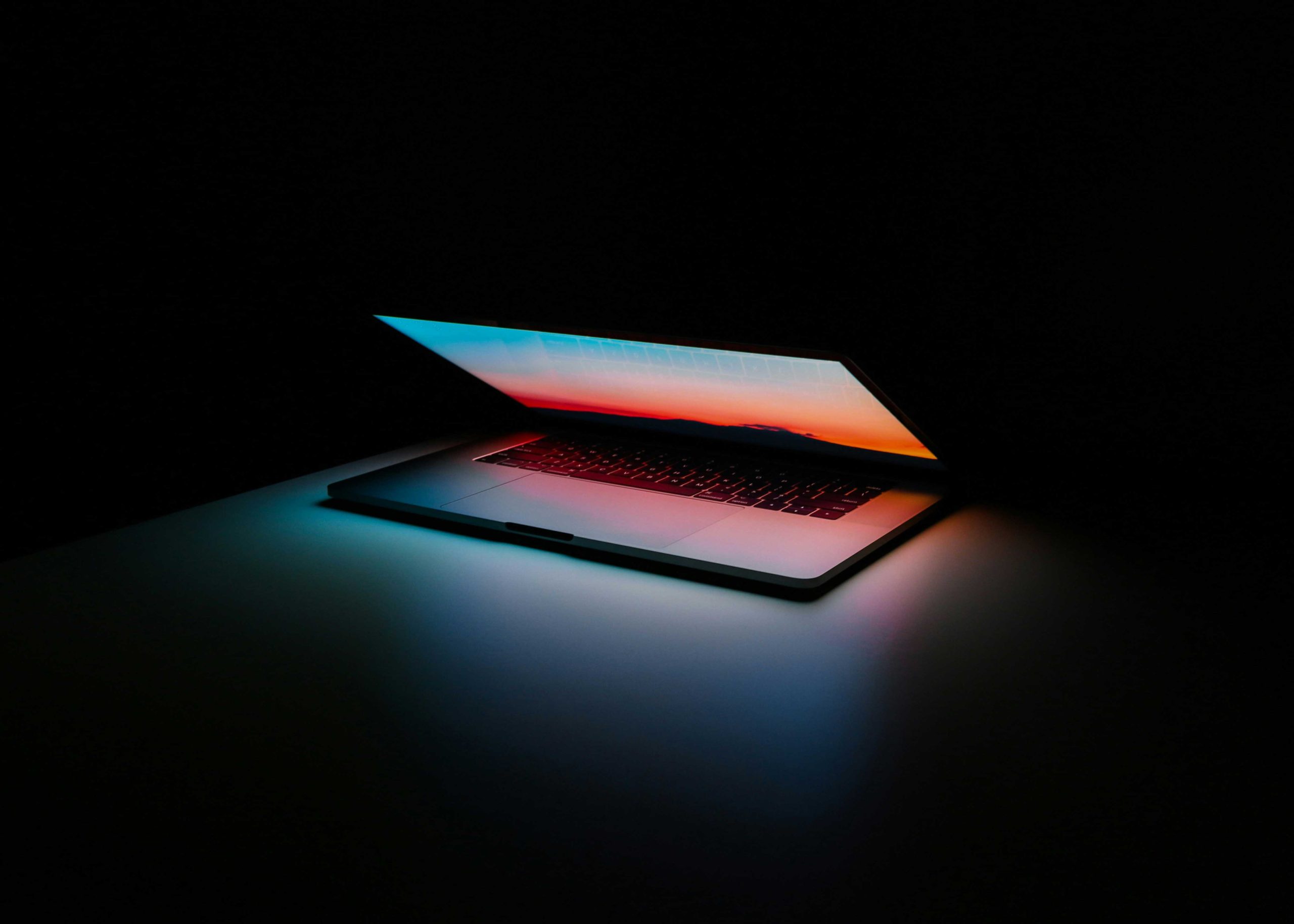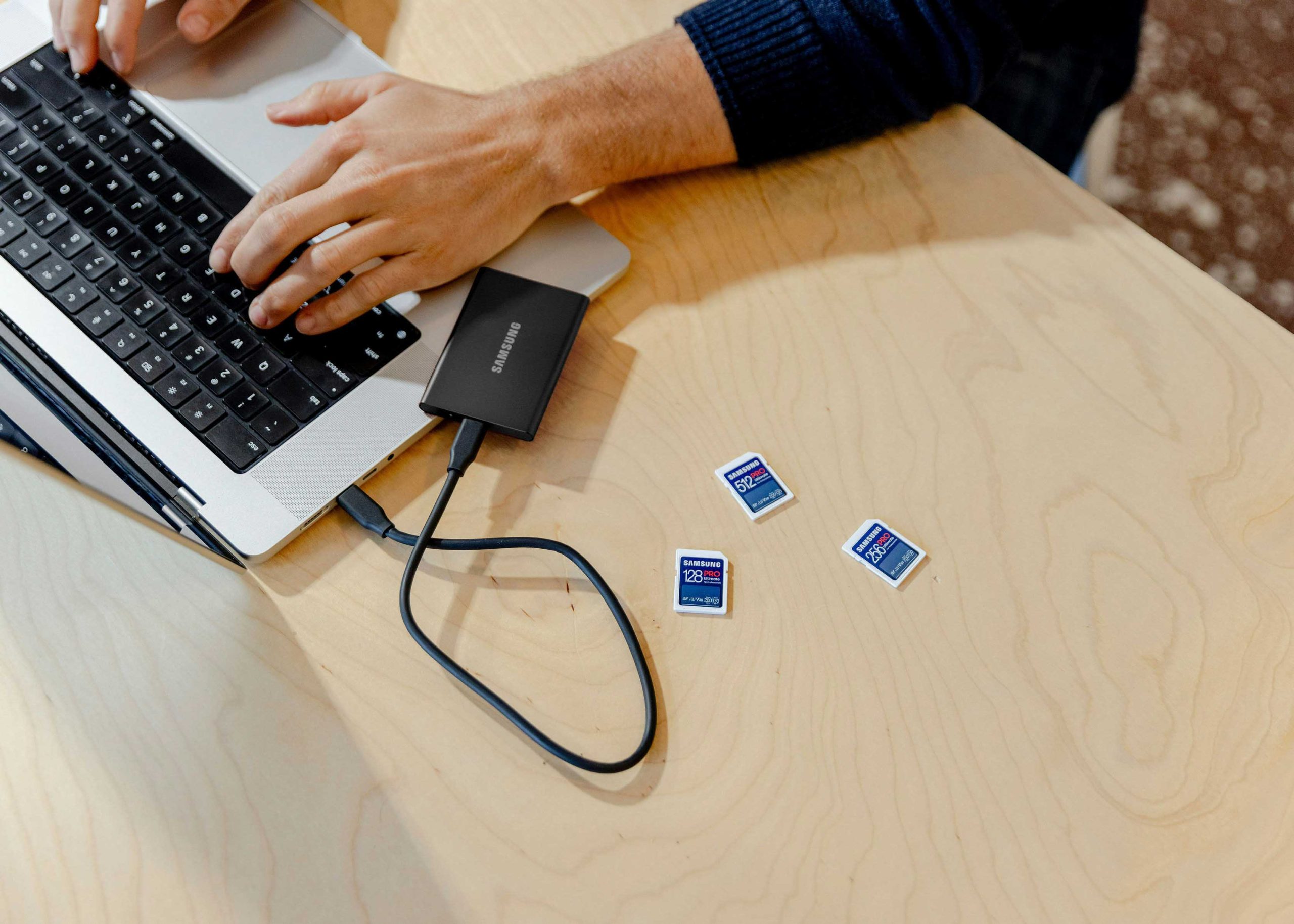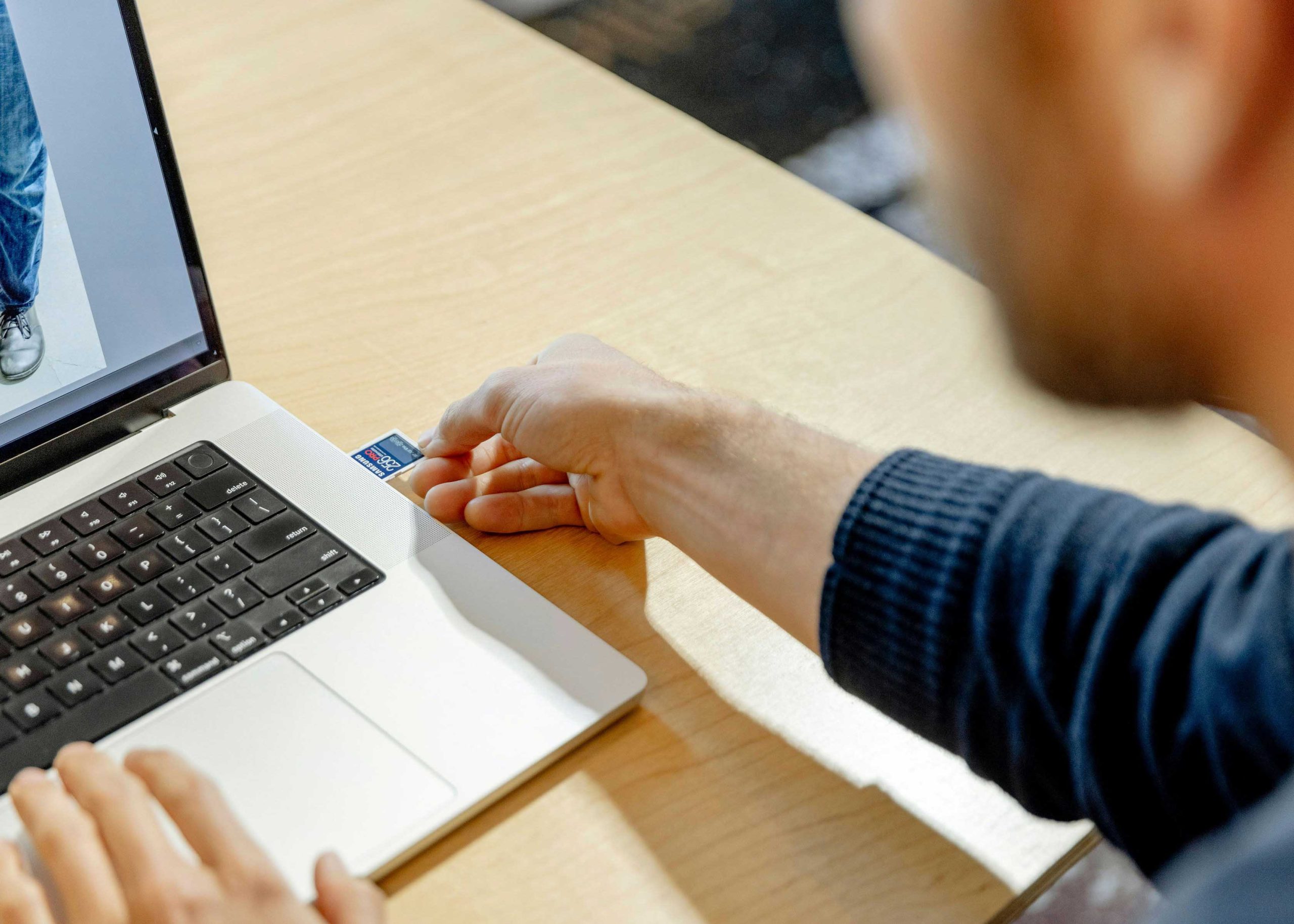The rise of AI-powered tools like DALL-E, Midjourney, and Stable Diffusion is opening new doors in the creative industry, allowing artists, designers, and even hobbyists to craft visuals that might once have required hours—or even days—of manual work. These models use complex algorithms and vast datasets to generate stunning, often lifelike images from text prompts, making high-quality design accessible to all.
How It Works
Generative AI works by learning from large datasets of existing artwork, photos, and illustrations, identifying patterns, and applying these to create new images. Text-to-image models can turn simple text instructions into intricate artwork, while tools like ChatGPT assist writers in brainstorming, ideation, and drafting.
Applications in Real Life
Industries like advertising, game development, and interior design now integrate AI for rapid visual prototyping. For example, an ad agency can produce multiple campaign images in hours instead of weeks, allowing teams to test ideas faster and fine-tune based on client feedback.
Challenges and Ethical Concerns
AI-generated work raises questions about authorship and originality. Since AI models are trained on existing artwork, concerns arise about whether these images are truly original or simply “remixes” of existing creations. Artists worry about their work being used without credit, and many platforms are developing policies to protect intellectual property rights.
Looking Forward
AI isn’t likely to replace artists but rather empower them, automating routine tasks and expanding creative possibilities. As generative models advance, creative professionals will increasingly collaborate with AI, combining the machine’s precision with the human touch.

